
Clipless Pedals vs Flat Pedals: Which One Is Best for Your Electric Bike?
When it comes to choosing the right pedals for your electric bike, you have two main options: clipless pedals and flat pedals. Each type has its own set of advantages and disadvantages, which can significantly impact your riding experience. Whether you're a seasoned cyclist or a beginner, understanding these differences will help you make the best choice for your needs.
In this article, we'll dive deep into the pros and cons of clipless pedals versus flat pedals and help you decide which is the best fit for your electric bike.
Understanding the Basics of Clipless and Flat Pedals
Before we get into the specifics, let's clarify what clipless and flat pedals are. Despite the name, clipless pedals actually involve clipping your shoe into the pedal. This system uses a cleat on the bottom of the shoe that locks into the pedal mechanism, providing a secure connection between you and your pedal assist ebikes.
Flat pedals, on the other hand, are simple platforms where your foot rests freely. You can use any type of shoe with flat pedals, and there's no mechanism holding your foot in place.
The Pros and Cons of Flat Pedals
Flat pedals are the traditional choice for many cyclists, and they offer several benefits:
Pros of Flat Pedals
-
Ease of Use: Flat pedals are incredibly straightforward. There's no need for special shoes or learning how to clip in and out. This makes them ideal for beginners.
-
Versatility: You can wear any type of shoe with flat pedals, which means you can easily switch between biking and walking without needing a shoe change.
-
Safety: With flat pedals, your feet are free to move around or off the pedal quickly. This can be a significant advantage in tricky situations where you need to put a foot down fast.
-
Comfort: They allow for a more natural foot position, which can be more comfortable for casual rides or when you're not cycling at high speeds.
Cons of Flat Pedals
-
Less Efficiency: Flat pedals can be less efficient in transferring power from your legs to the bike, especially during intense cycling.
-
Foot Slippage: In wet or muddy conditions, your foot might slip off the pedal, which can be inconvenient or even dangerous.
-
Less Control: Without the secure connection of clipless pedals, you might feel less control over your bike, especially on rough terrains.

The Pros and Cons of Clipless Pedals
Clipless pedals are favored by many serious cyclists for the control and efficiency they offer:
Pros of Clipless Pedals
-
Increased Efficiency: By attaching your feet directly to the pedals, clipless systems allow for a more efficient transfer of energy. You'll be able to pedal with more power and speed.
-
Better Control: Being clipped in gives you more control over the pedal e bike
, particularly on challenging trails or steep inclines. -
Reduced Fatigue: The secure connection helps distribute effort more evenly across your leg muscles, reducing fatigue over long rides.
-
Improved Technique: Using clipless pedals can encourage a better pedaling technique, which can enhance overall cycling performance.
Cons of Clipless Pedals
-
Learning Curve: There's definitely a learning curve to using clipless pedals. It takes practice to get comfortable with clipping in and out, especially in stop-and-go situations.
-
Cost: You'll need to invest in special cycling shoes and cleats, which can be more expensive than using flat pedals.
-
Less Versatility: Clipless pedals require specific shoes, so transitioning from biking to walking isn't as seamless.
-
Potential for Falls: Until you get used to them, there's a risk of falling if you can't unclip quickly enough in an emergency.
Choosing the Right Pedals for Your Electric Bike
When deciding between clipless and flat pedals for your electric bike, consider the following factors:
Your Cycling Goals
If your primary goal is commuting or casual riding, flat pedals might be the better choice for their ease and versatility. However, if you're looking to maximize efficiency and performance, especially over long distances, clipless pedals may be worth the investment.
Terrain and Riding Style
For off-road biking or challenging terrains, the control provided by clipless pedals can be beneficial. Conversely, if you're riding mostly on city streets or smooth paths, flat pedals can offer the convenience you need.
Comfort and Safety
Consider your comfort level with each pedal type. If you're new to cycling, flat pedals provide a simple and safe option. For experienced cyclists seeking performance, clipless pedals offer superior control once you're accustomed to them.
FAQs
Studies have shown that clipless pedals can enhance power transfer efficiency by up to 10-20% during intense cycling. This increase is due to the ability to pull up on the pedal throughout the pedal stroke, making each rotation more effective than what flat pedals can typically achieve.
On average, clipless pedal systems (including cleats and shoes) can weigh 200-300 grams more than flat pedal setups when considering the additional weight of specialized cycling shoes. However, the improved performance may justify this weight difference for competitive cyclists.




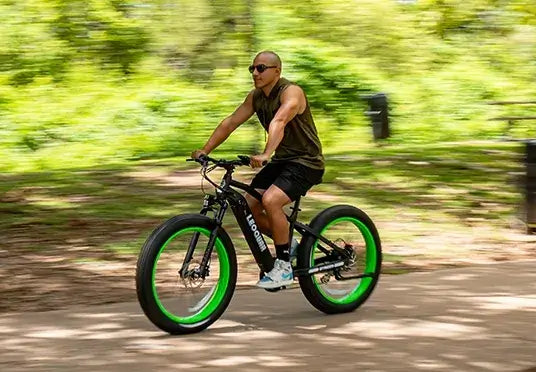



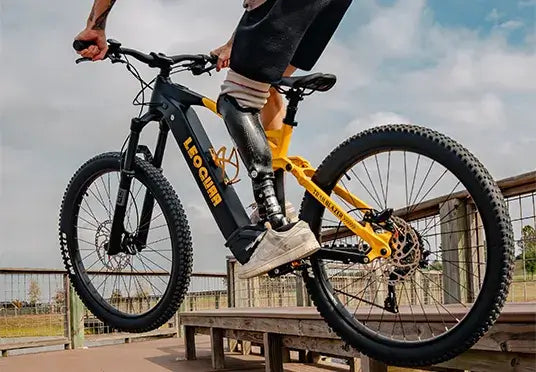
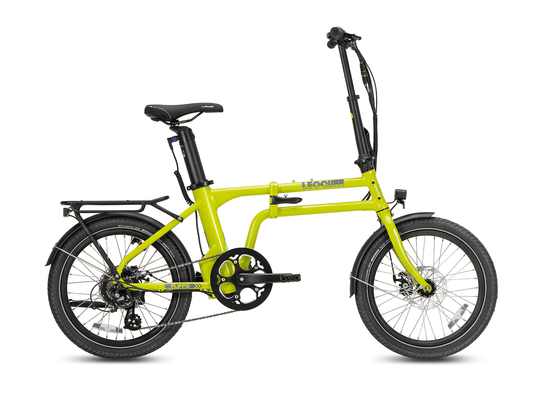
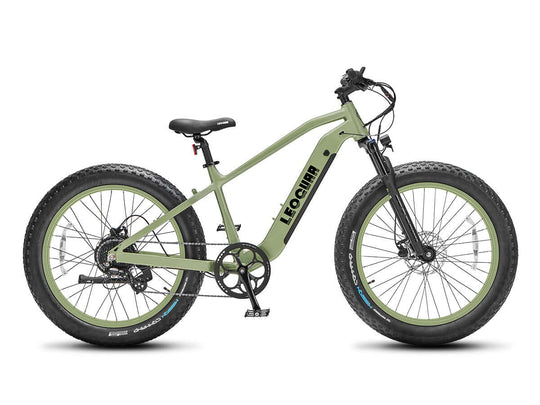
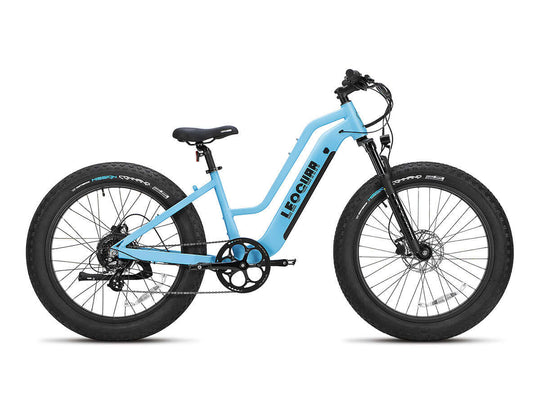
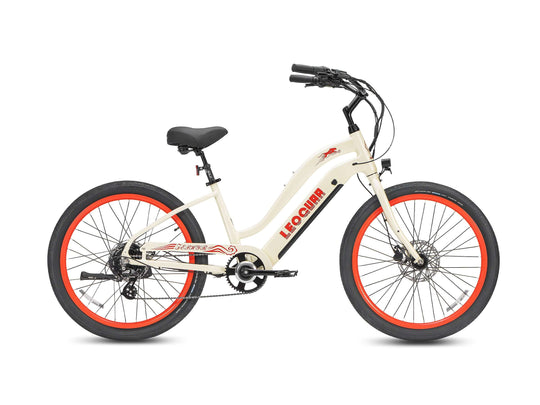
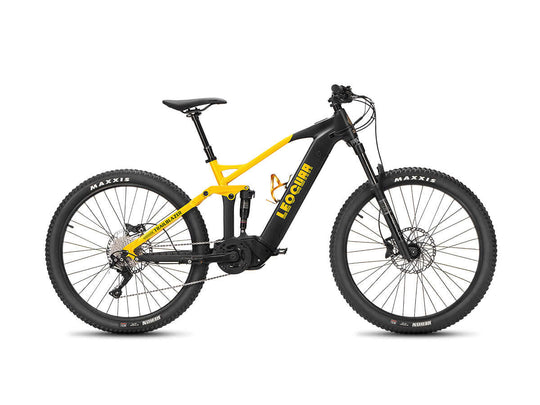
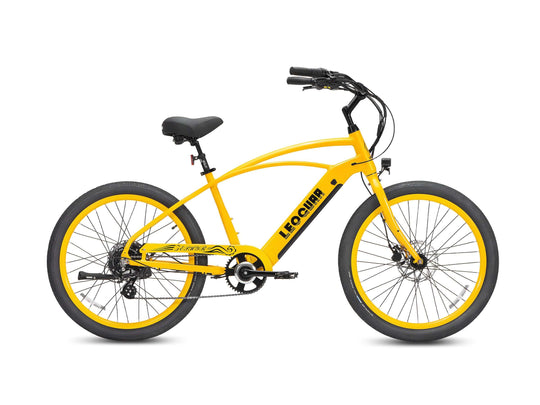
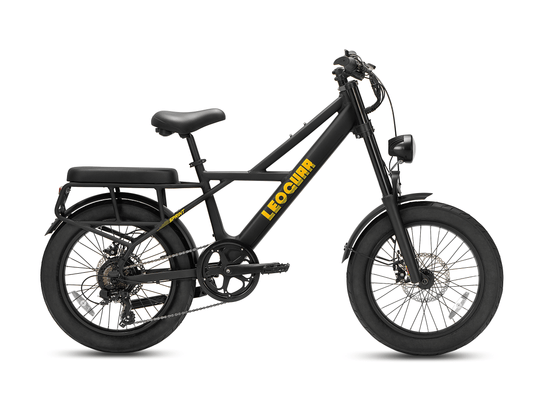
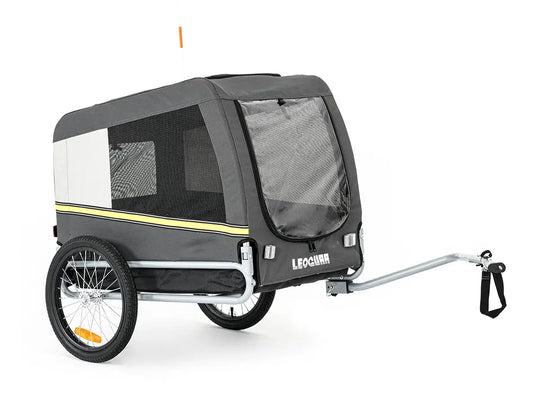
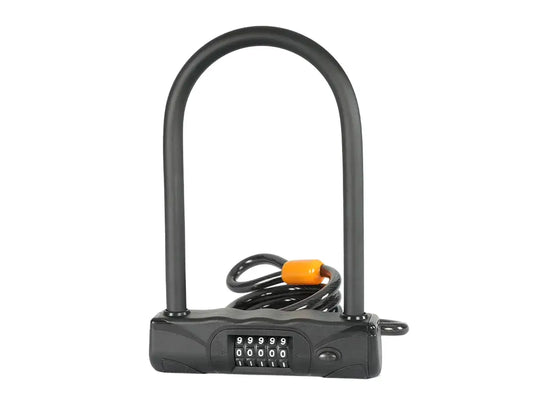
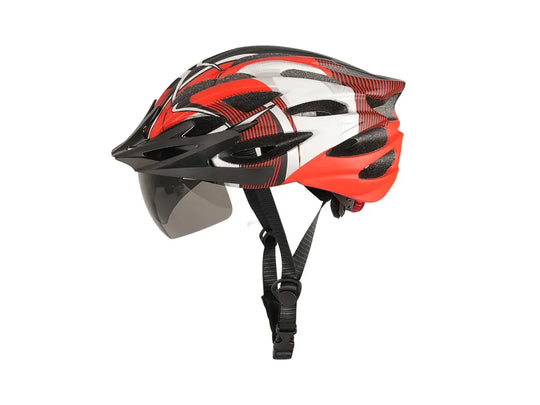
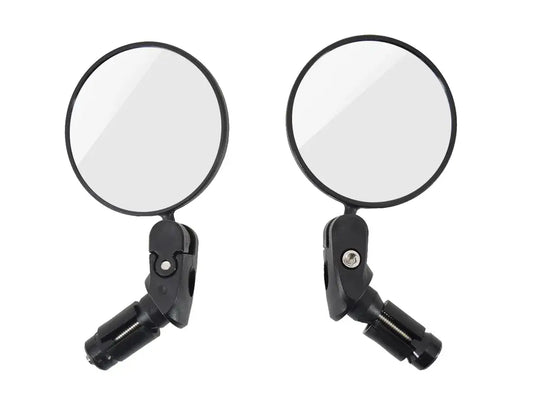
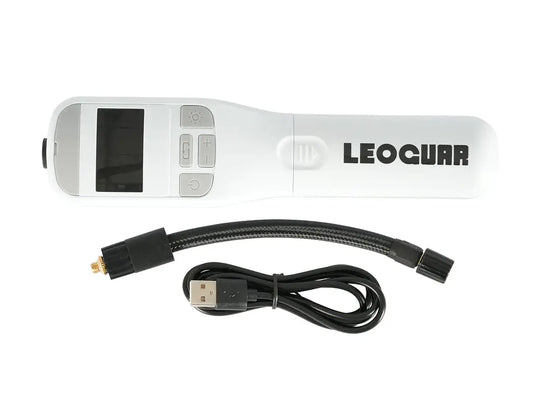
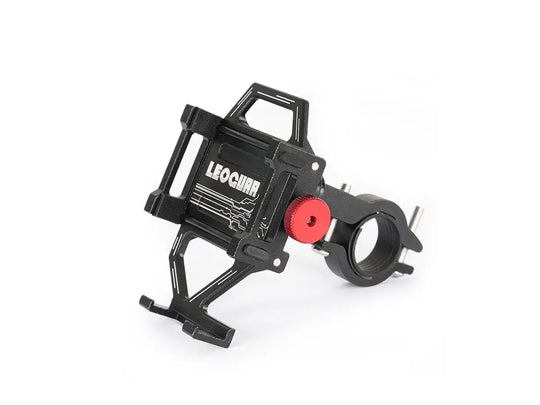

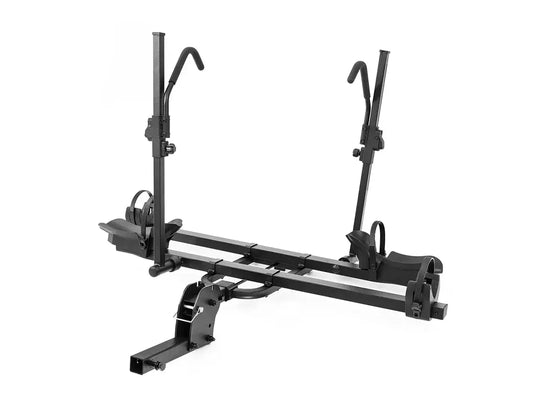
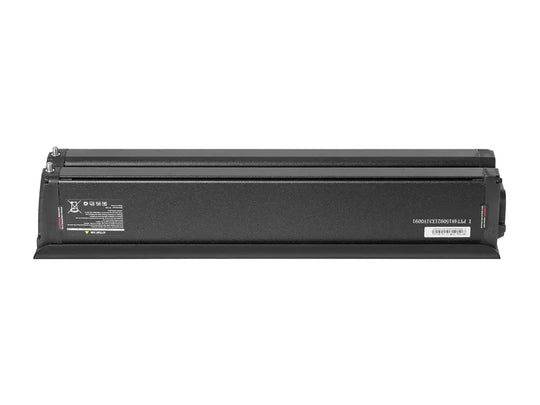
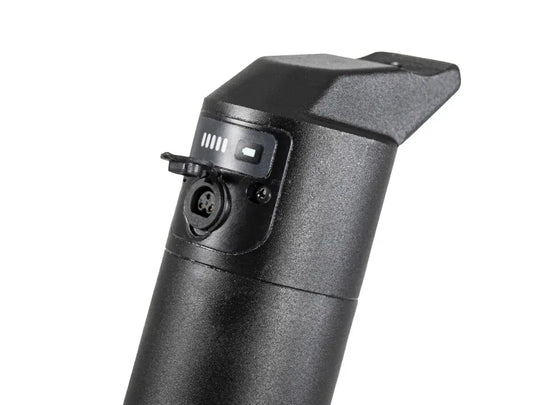
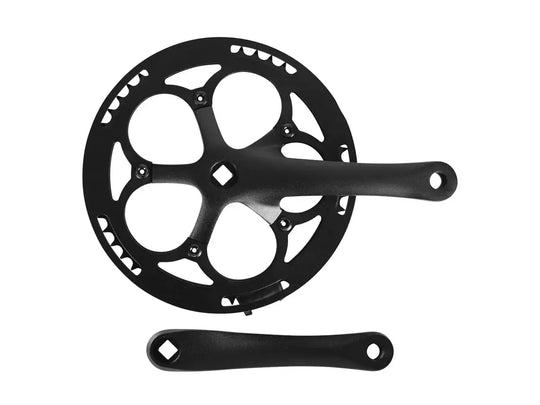
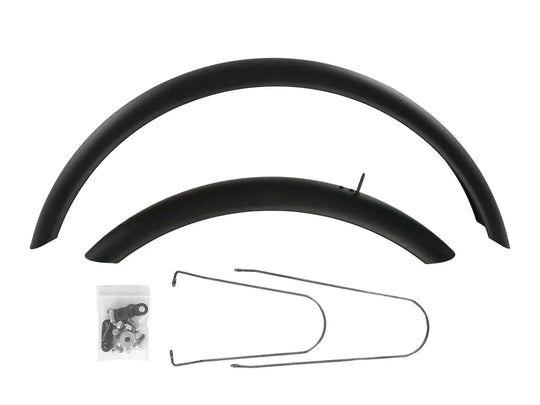
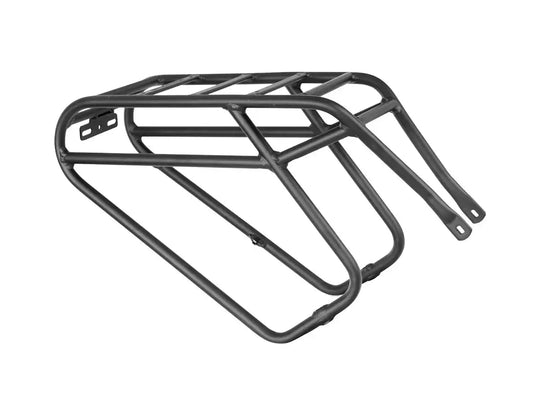
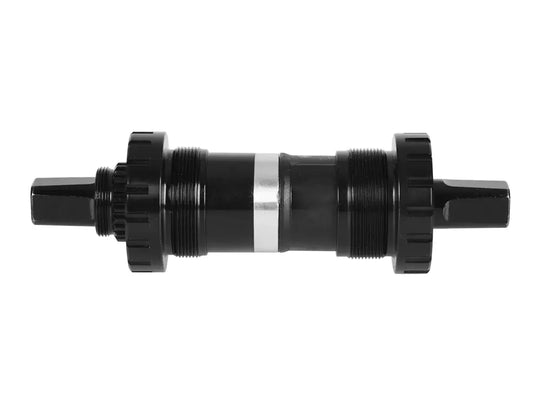
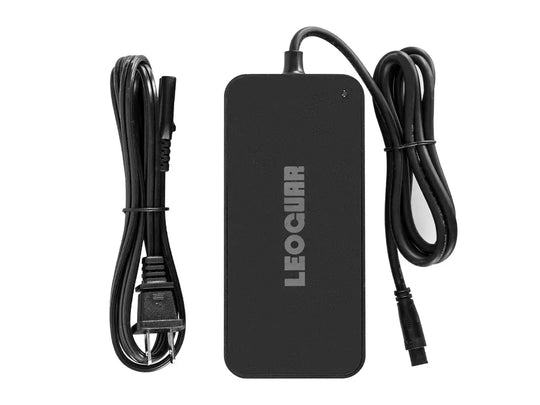
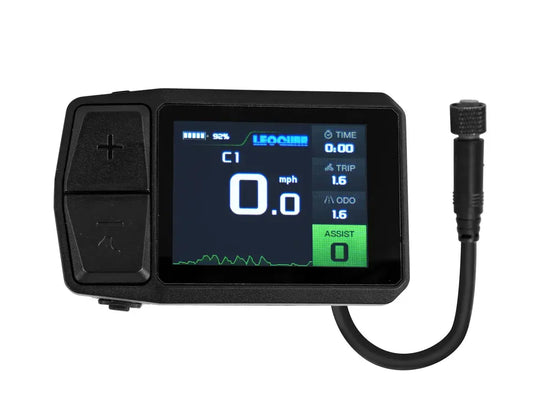
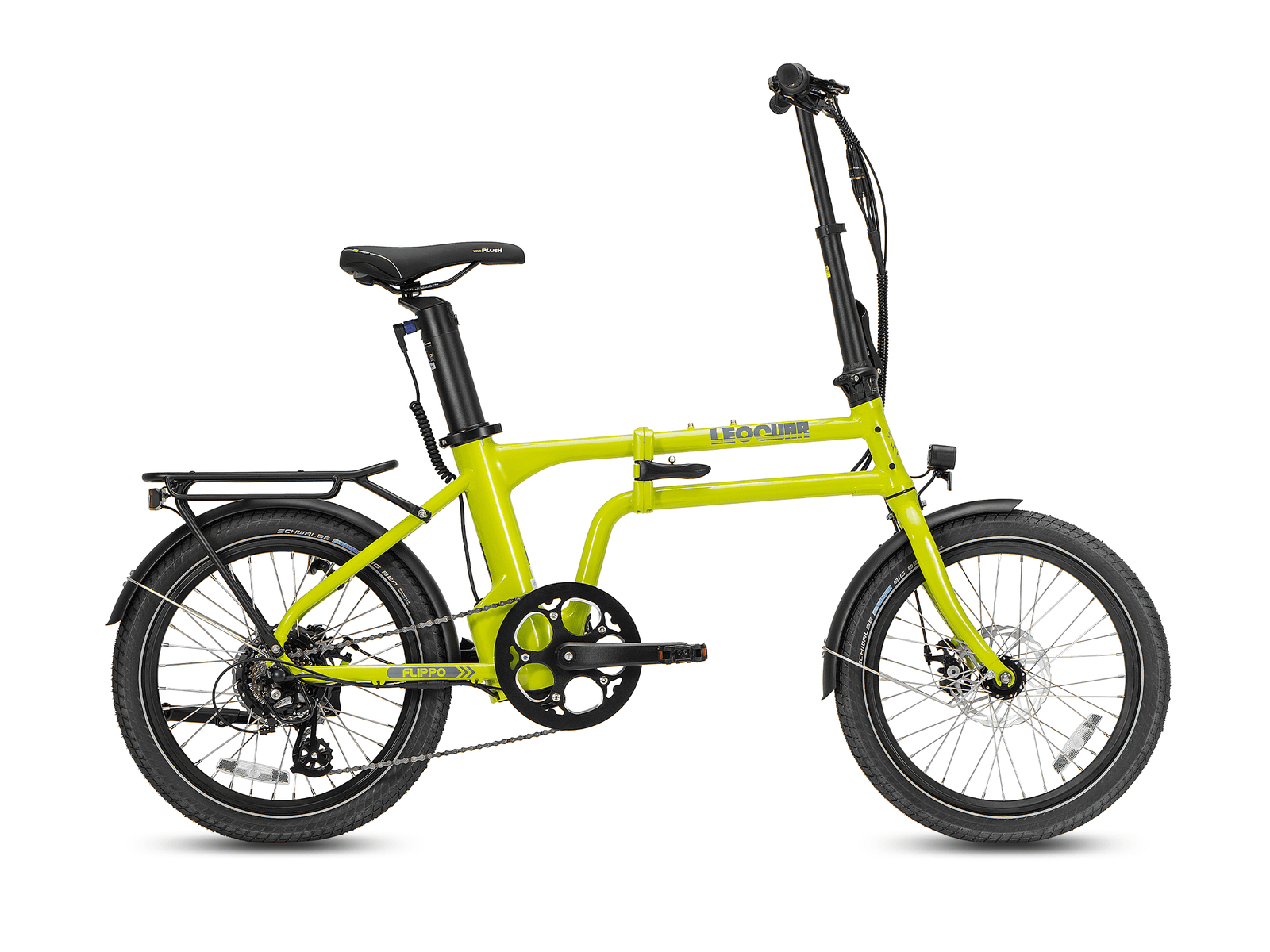







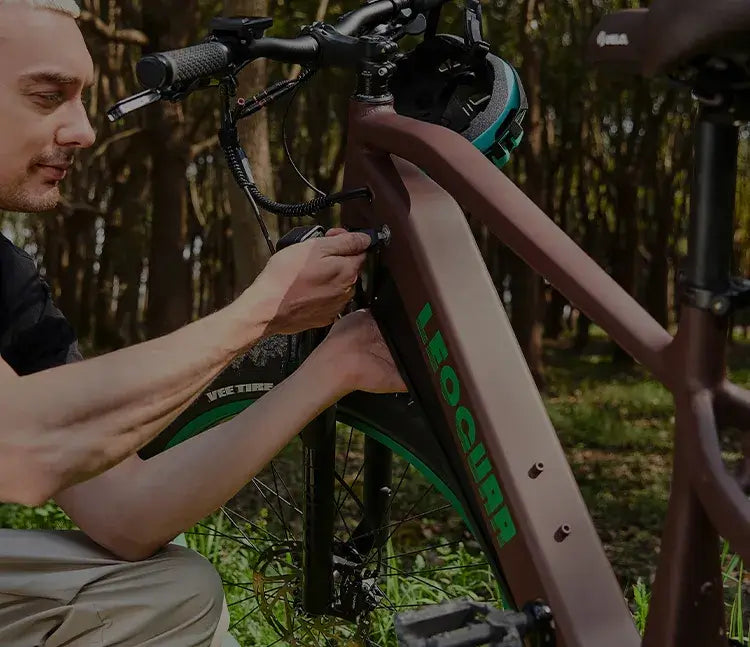
Leave a comment